Please do let me know if this material is useful and, particularly, if there's an immigrant or immigrants on the index page whose details you'd like me to load sooner rather than later. I'm happy to accommodate individuals' research interests and am also curious to see which immigrants attract the most attention.
In due course I also hope to say something on this blog about what it might mean that so many immigrants to the new world descended from a single medieval royal family and how that should encourage us to rethink some of the concepts underlying the genealogical fascination with "gateway ancestors" and "royal descents".
Copyright © 2014 Kelsey Jackson Williams
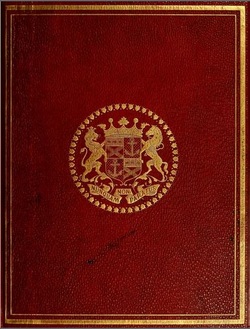
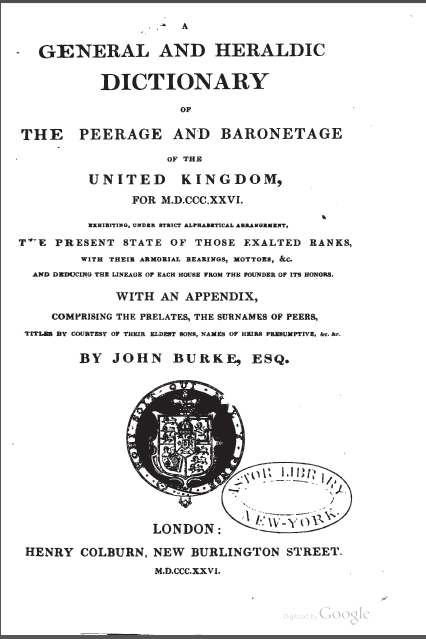
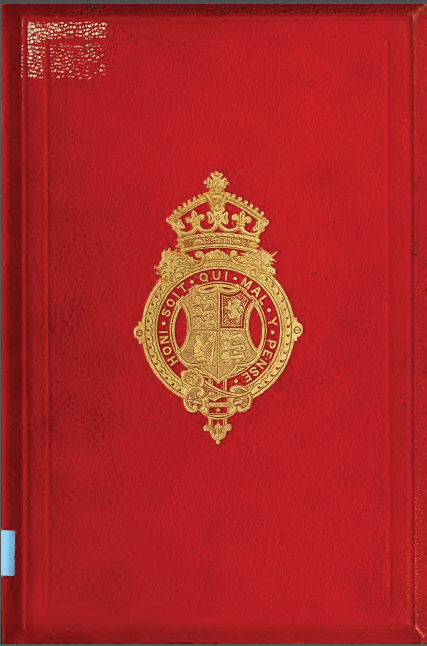
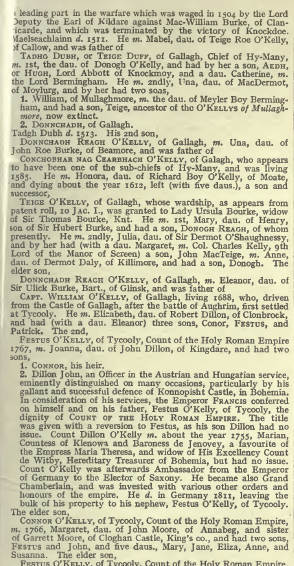
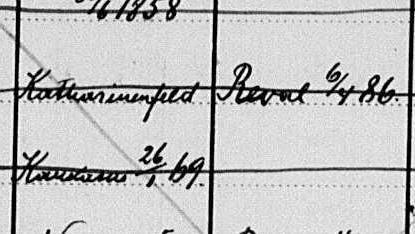


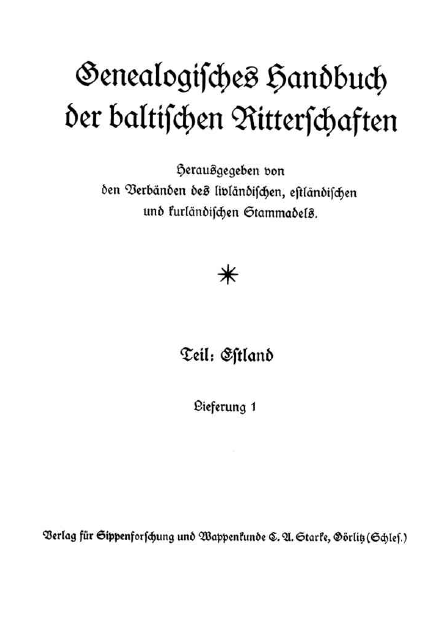
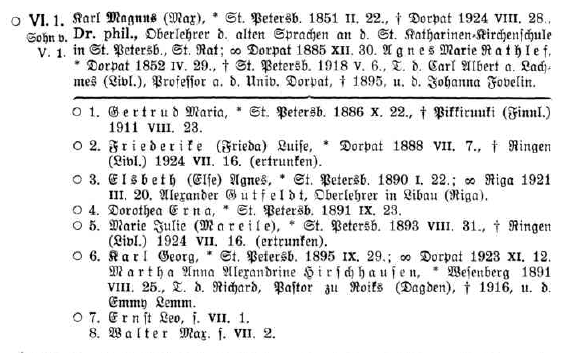
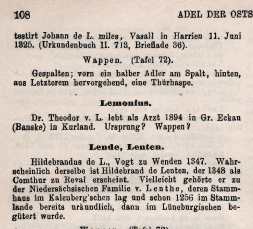
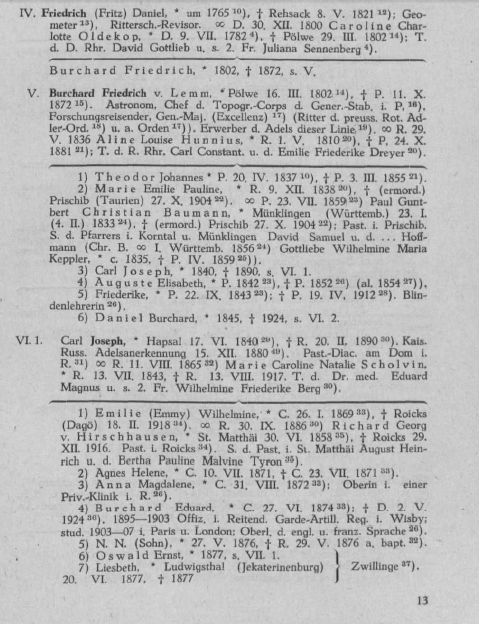
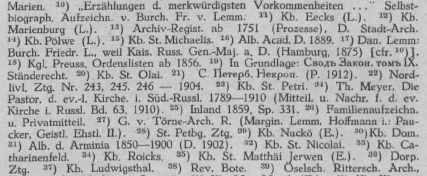
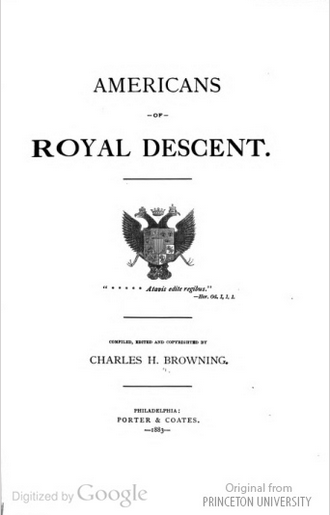
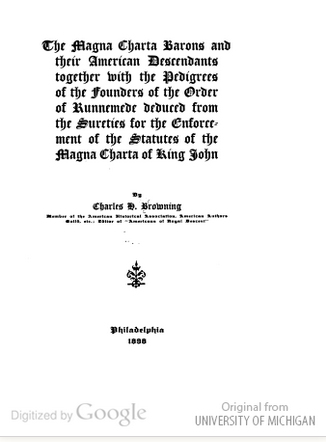
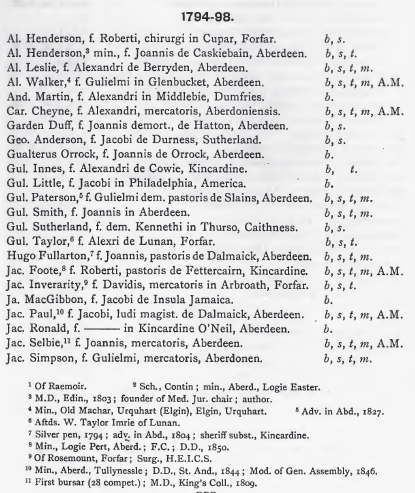
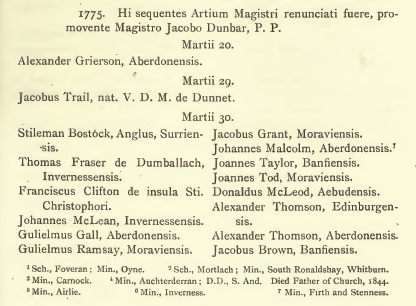
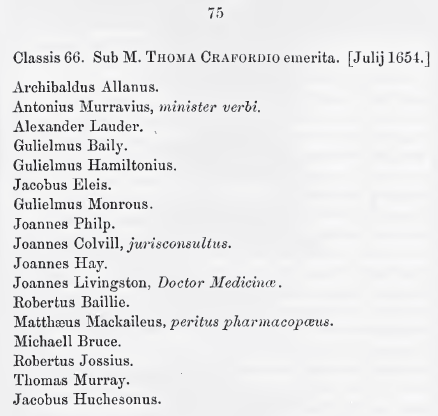
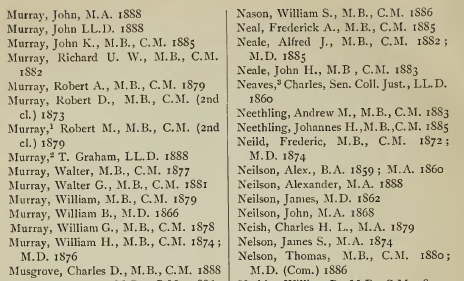
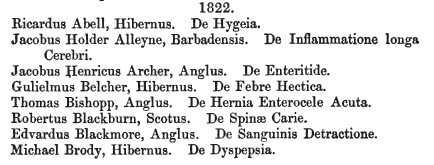
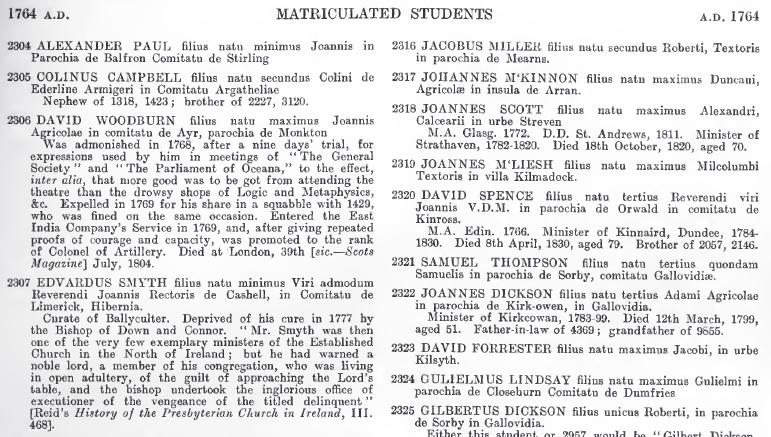
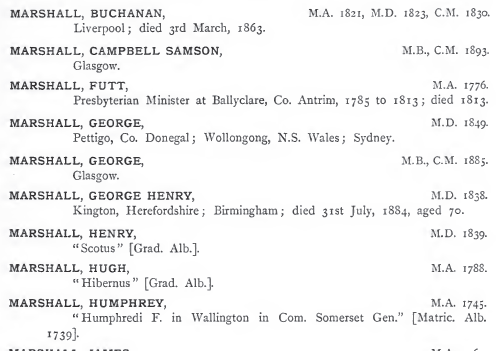
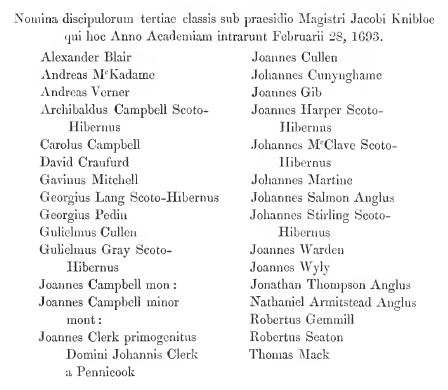
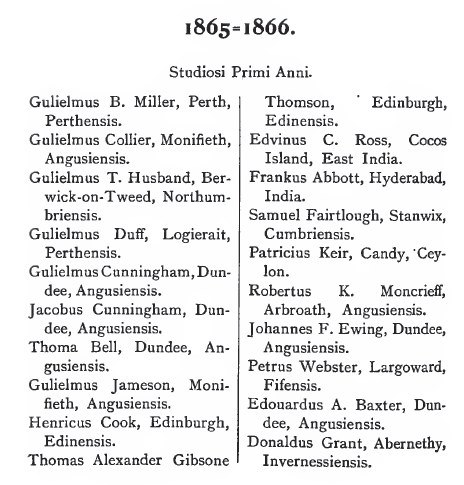
 RSS Feed
RSS Feed